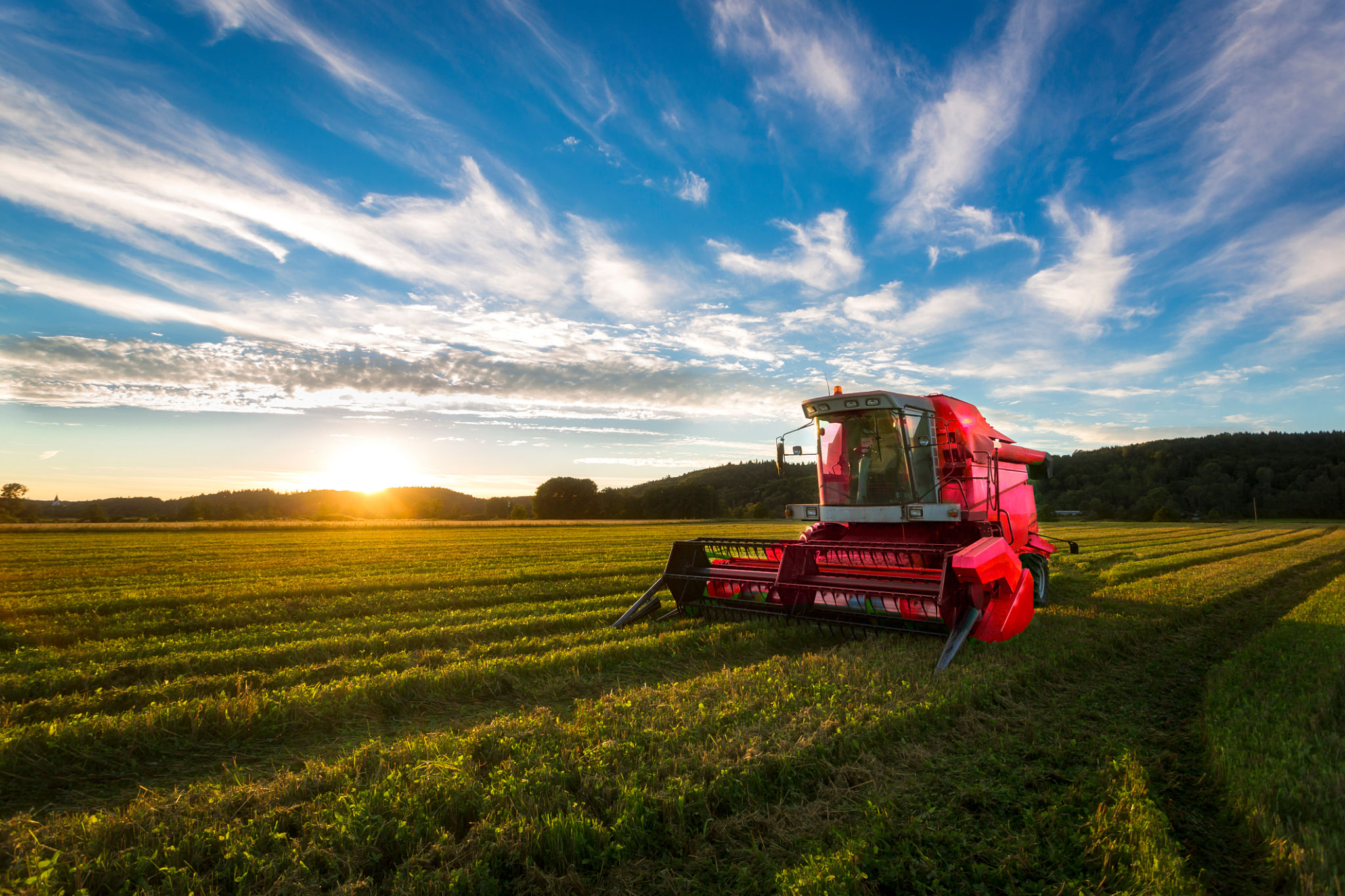Top 5 Common Misconceptions About Regenerative Agriculture
Understanding Regenerative Agriculture
Regenerative agriculture is gaining popularity as a sustainable farming practice, but despite its growing recognition, there are still several misconceptions surrounding it. These misunderstandings can affect how people perceive and adopt these practices. In this article, we will address the top five common misconceptions about regenerative agriculture.

Misconception 1: It's Just Organic Farming
One of the most prevalent misconceptions is that regenerative agriculture is simply another term for organic farming. While both practices emphasize reducing chemical inputs, regenerative agriculture goes further by focusing on restoring and enhancing the entire ecosystem. It involves practices like soil regeneration, increasing biodiversity, and improving water cycles, which are not necessarily the focus of organic farming.
Misconception 2: It Always Means No-Till
Another misconception is that regenerative agriculture exclusively involves no-till farming. Although no-till is a popular technique within regenerative agriculture due to its benefits in preserving soil structure and reducing erosion, it is not a mandatory practice. Regenerative agriculture is adaptable and can include various methods such as minimal tillage, rotational grazing, and cover cropping, depending on the specific goals and conditions of a farm.

Economic Viability and Scale
Misconception 3: It's Not Economically Viable
A common concern is that regenerative agriculture is not economically viable for farmers. However, many studies have shown that these practices can be financially beneficial in the long term. By improving soil health, regenerative agriculture can lead to increased crop yields and reduced input costs. Additionally, healthier ecosystems can lead to more resilient farms that are better able to withstand climate change impacts.
Misconception 4: It's Only for Small Farms
Some believe that regenerative agriculture is only suitable for small-scale farms. In reality, it can be implemented on farms of all sizes. Large-scale farms can benefit from adopting regenerative practices by optimizing their resource use and enhancing biodiversity across extensive landscapes. The scalability of regenerative agriculture allows it to be tailored to different environments and farm sizes.

Regenerative Agriculture and Technology
Misconception 5: It Ignores Modern Technology
There is a perception that regenerative agriculture dismisses modern technology in favor of traditional methods. However, technology plays a crucial role in advancing regenerative practices. Innovations such as precision agriculture, satellite monitoring, and data analytics can enhance the effectiveness of these practices by providing valuable insights into soil health, crop performance, and resource management.
In conclusion, understanding these misconceptions is key to appreciating the potential of regenerative agriculture. By debunking these myths, we can foster a broader acceptance of these practices, paving the way for a more sustainable future in agriculture.
